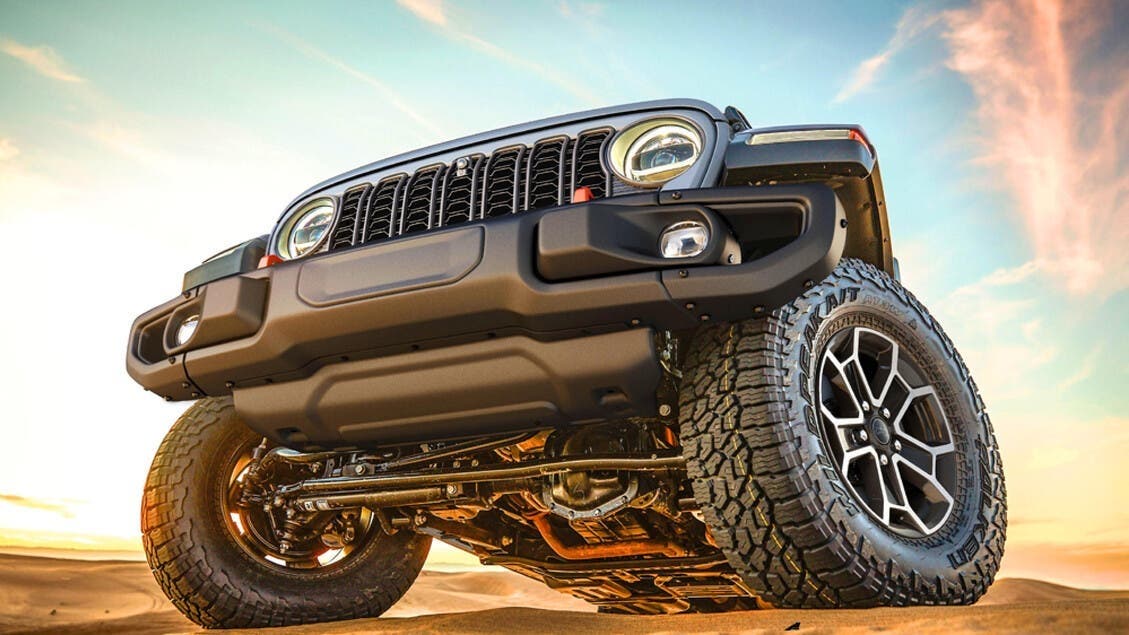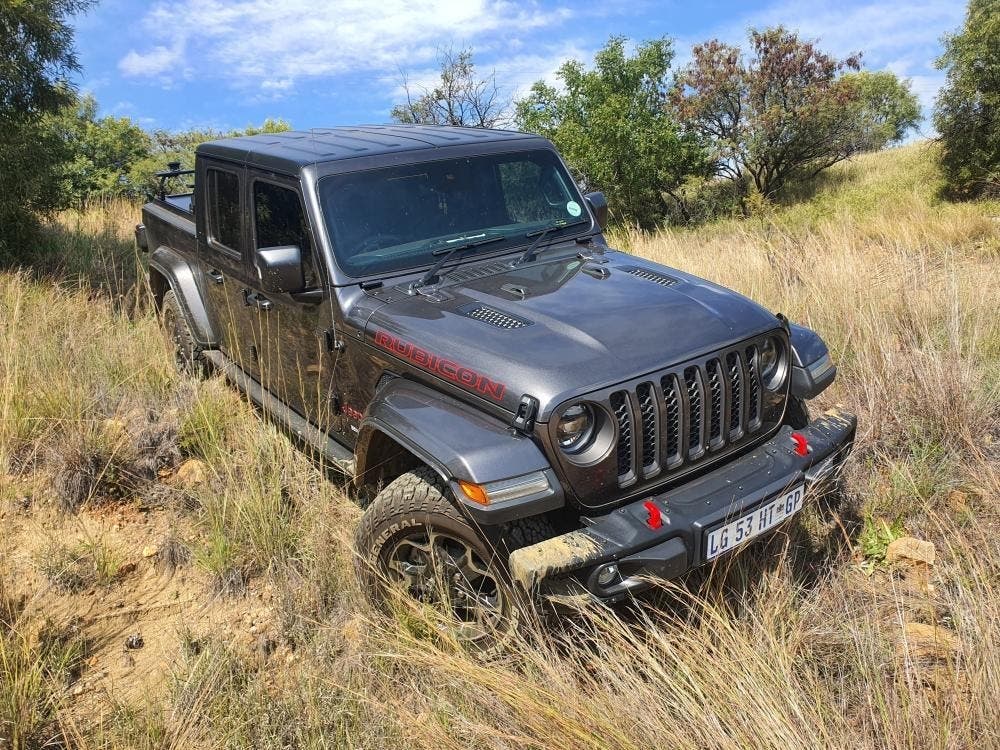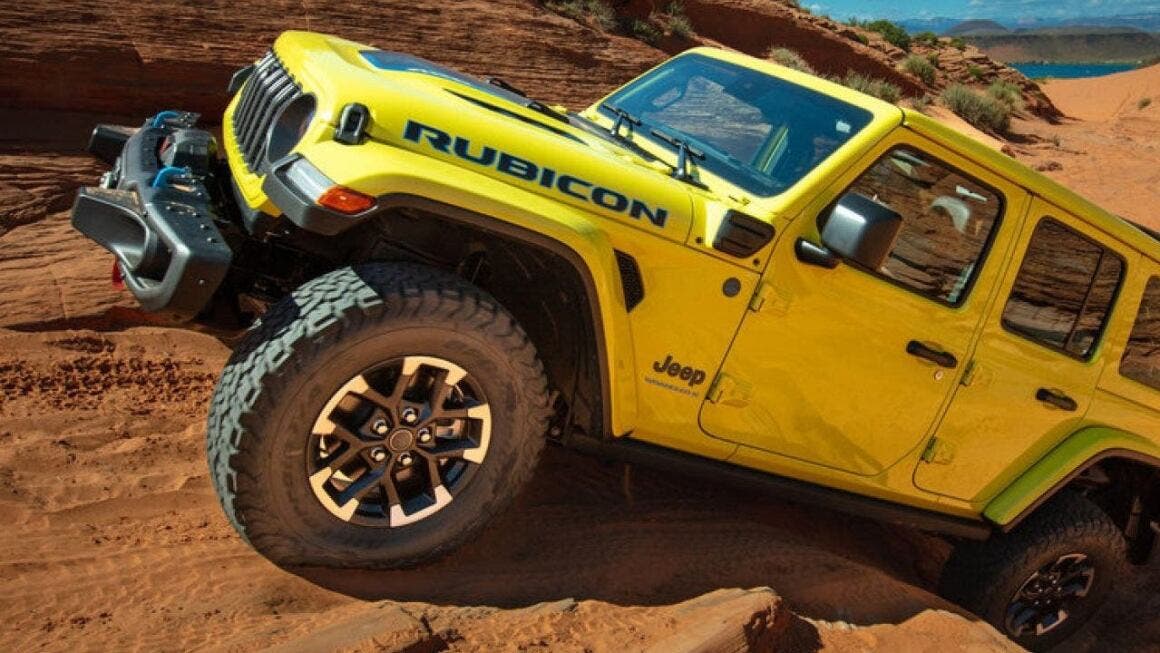Stellantis continues to innovate in a direction that combines vehicle safety and versatility. The group, which includes brands such as Citroen, DS Automobiles, Peugeot, Opel, Fiat, Alfa Romeo, Jeep, and Ram, has recently filed a patent for an innovative technological solution that uses motors integrated directly into the wheels.
In recent years, in-wheel motors are no longer a visionary and futuristic device. It’s an innovation that has arrived with platforms working for electric cars, which are necessarily different from the classic structure that houses a traditional thermal propulsion.
Stellantis patents a new innovative system that allows wheels to turn in opposite directions

This new solution proposed by Stellantis would allow the wheels to move in opposite directions, making maneuvers on difficult terrain much easier. Stellantis’ idea is to install a motor for each wheel, thus eliminating the need for traditional braking systems.
Technical details reveal that the driver could activate this function via the car’s central screen, side levers, or steering wheel controls. The system would operate similarly to a common steering system. Stellantis’ device would work by rotating the steering wheel left or right, and by accelerating, the driver could control both the speed and direction of the vehicle.
As it’s currently just a patent, it’s not yet clear when or if this technology will be applied to Stellantis’ production models. However, it’s likely that it could find use in off-road vehicles, where the ability to maneuver on challenging terrain is crucial.

This innovation could transform the performance of future Stellantis models, significantly improving maneuverability on difficult surfaces with mud, sand, or snow. It’s a response to the growing demand for innovative solutions in the electric vehicle market and high-performance off-road vehicles.
The technology proposed by Stellantis would allow, among other things, the car to rotate 180 degrees on the spot, ensuring precise control over each wheel, always having maximum possible traction at hand. The result would be exceptional maneuverability, especially on slippery or treacherous surfaces.

